Information
Digital Printing vs. Offset Printing
When you start a business it’s important to get the essentials out of the way first. One could argue that aside from the business name and logo, there is nothing more important than business stationery! Business cards, letterhead, envelopes, and flyers are all vital pieces of collateral that help to spread the news that you are in the marketplace. Potential customers will keep your business card long after you’ve parted company, and it could mean the difference of being fresh in their mind when they are in need of your services, or simply being a face that they can’t quite remember a few months later.
Now that you know the importance of branded paper goodies, we have a few things to look out for when you’re out shopping for them. You may be asked whether you want a “digitally printed” card or an “offset” print, and you may scratch your head in confusion and shrug. It’s okay! We’re here to help!
Digital Printing
Digital printing is what most people think of when they need copies made. The truth is, digitally printing is not just “Xeroxing” or copying, though. Now it’s the primary way that laser and inkjet printers work. A file is sent from a computer to the printer, and the printer interprets the information and lays toner on paper producing the finished piece. Most digital printers work using the CMYK color gamut (learn all about it in a previous post), or some combination of Cyan, Magenta, Yellow, Black toner. These 4 colors are combined to approximate the hundreds-of-thousands of colors you see in your document or photo. The important thing to keep in mind is that digital printing can only APPROXIMATE color; and the colors it can produce will vary from machine to machine, and are even dependent on the type of paper it’s printed on–and even the weather! Moisture in the air can affect the way the ink appears when printed on a laser printer.
Digital printing is usually a little more expensive (especially for color) in smaller quantities. But the ease of the process allows for small quantities and faster turnaround times, where Offset Printing does not.

Offset Printing
If color matching is imperative, or you’re looking for the best price on large quantities, offset printing may be what you need. Typically you’ll find letterhead and envelopes printed with this method. One-color or two-color artwork is ideal for offset printing, as each color needs to be printed separately. If an image has 8 different colors in it, for example, each color is pulled from a can of ink and put into a printing press, then printed on the page. It can get expensive when printing multiple colors in this way. Digital printing can make those same 8 colors by mixing the 4 CMYK colors, but you don’t usually have that option with offset. Each color is represented by a can of ink.
Each color would then need to be washed out of the press after each run, so it’s time consuming. But, it’s perfect for printing 1000 sheets of red and black letterhead, or 5000 black & white envelopes. Large printing runs are the most cost effective, because once the ink is loaded up, paper can be continuously fed through the press without much intervention, and at a faster rate than digital printing. And as the addage says, “time is money”!

These are just the basic broad strokes of the two major printing types. Obviously, there is more to each of them that, but this should give you some rudimentary idea of which one you may need to ask for when you are ready to show off that new logo for your business.
If you need any help deciphering the mysteries of printing, give us a call! We would love to help you take your brand to the next level.
